‘States with the oldest populations will experience the largest economic growth.’

Generations Today, vol. 41, no. 6 (Nov-Dec 2020)

‘States with the oldest populations will experience the largest economic growth.’

“Barn’s burnt down, now I can see the moon.” Mizuta Masahide

The median wage for direct care workers increased by only 19 cents between 2009 and 2019.

‘Mentally, it affects you. I’m afraid of maybe being asymptomatic and giving it to my kids.’
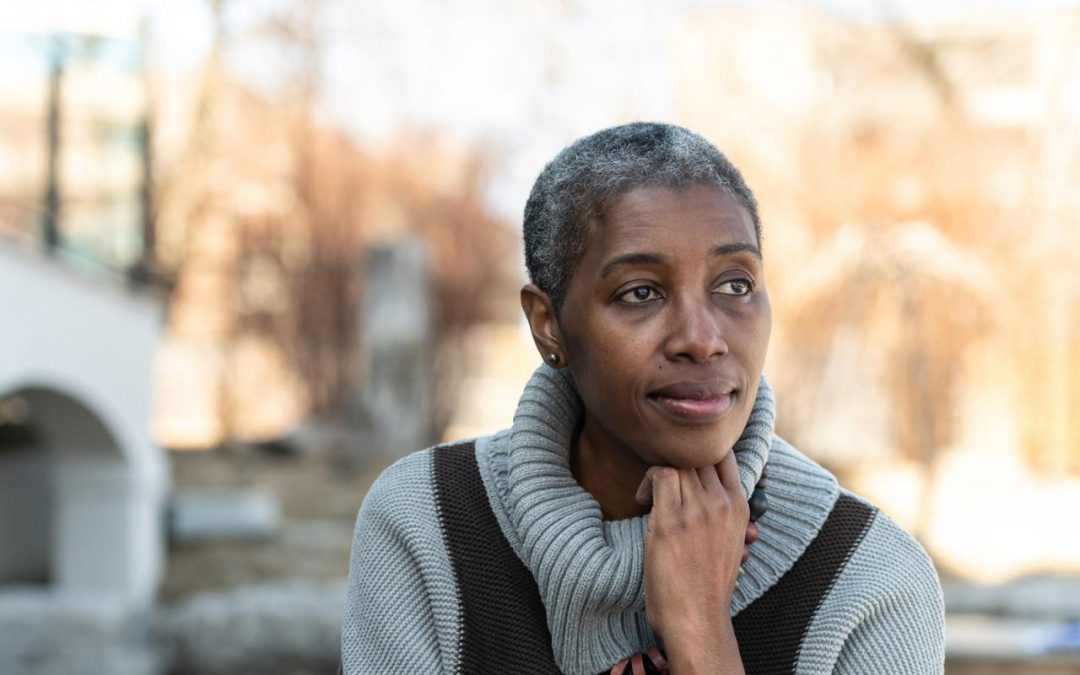
‘More than a fourth of African American caregivers’ report having no family, friends or neighbors to help them.’
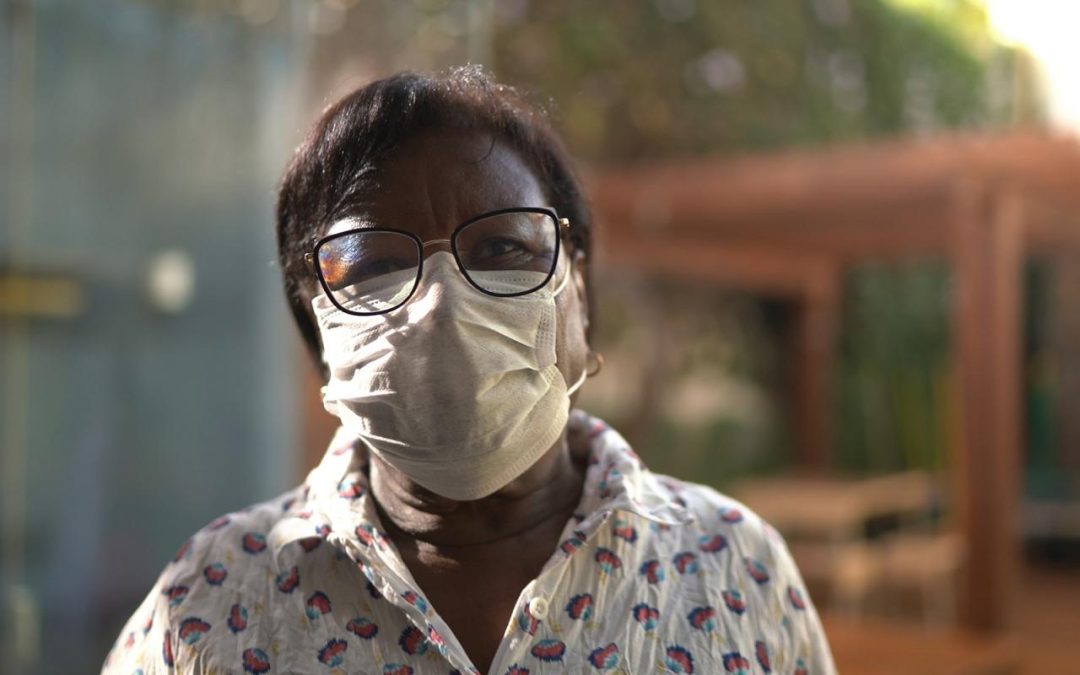
Many policies consider a patient’s long-term survivability based on their existing health issues.
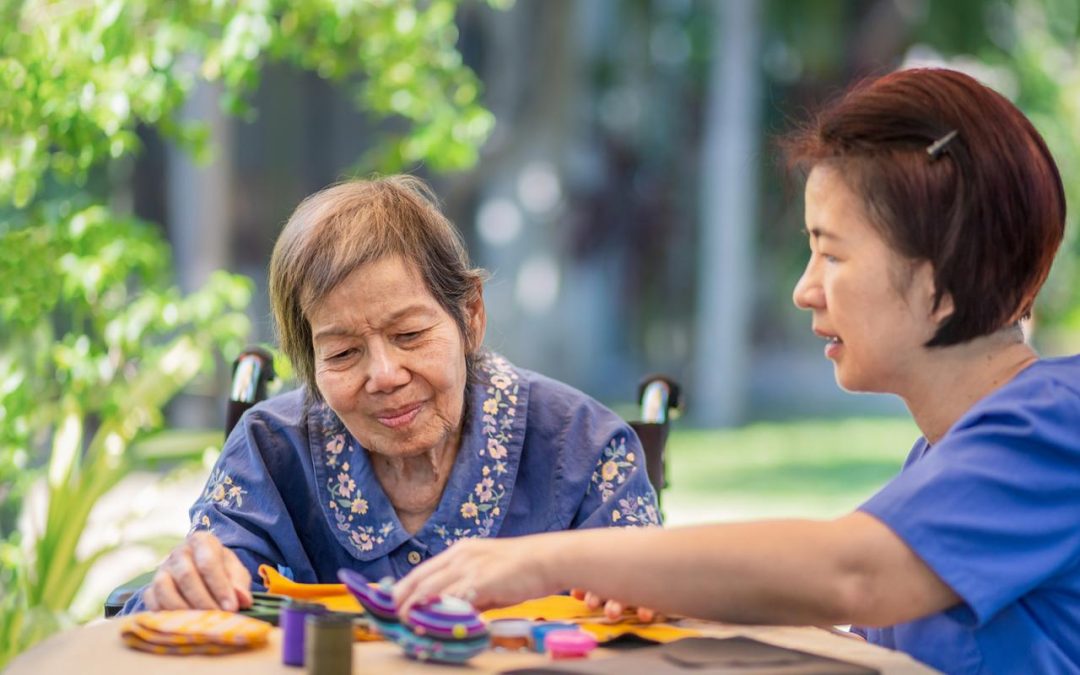
‘For caregivers, the juggling of family life and other responsibilities is normal.’

‘Since the last Scorecard, half of states improved spending on HCBS.’
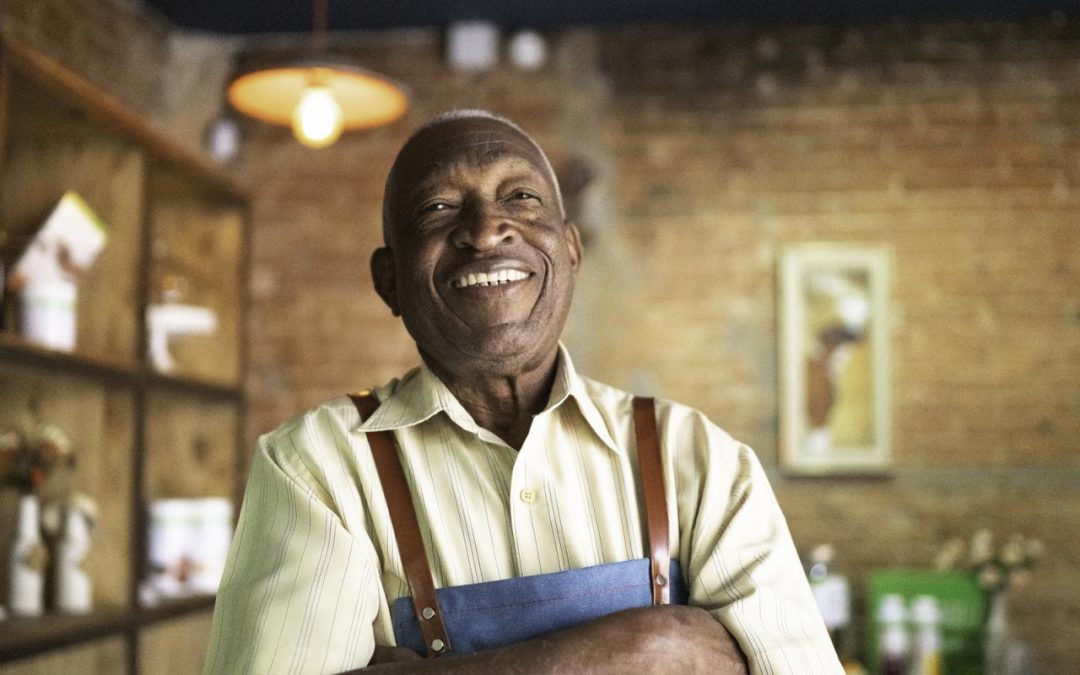
A 60-year-old is three times as likely to launch a successful startup as is a 30-year-old.
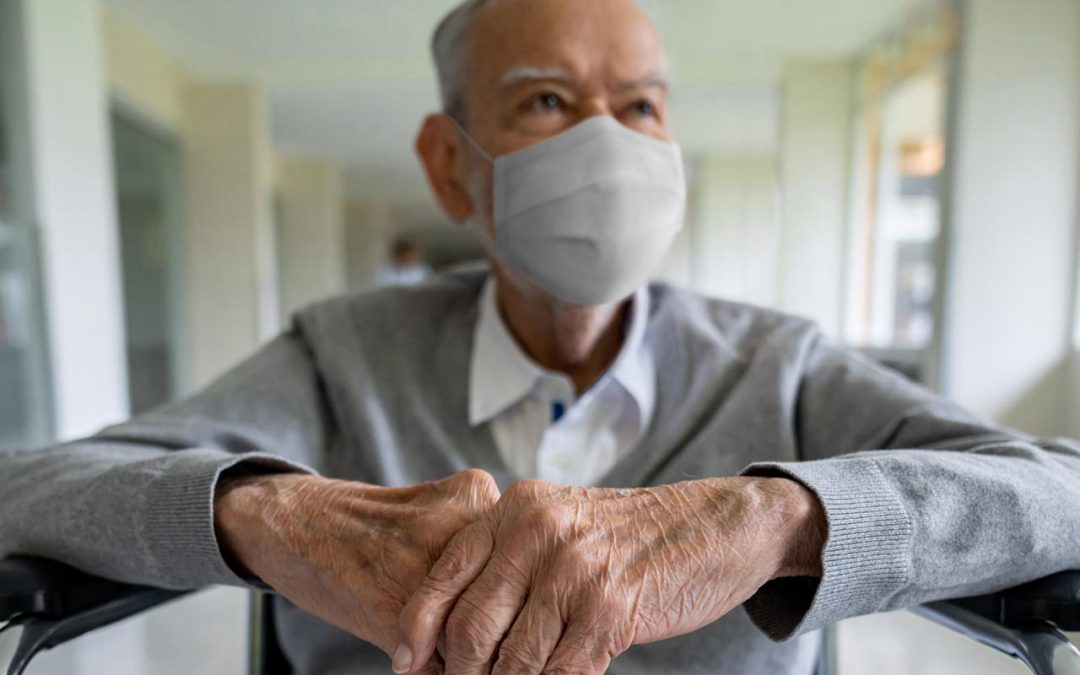
At-home dialysis can help older adults with kidney disease avoid infection.

‘These are important conversations to have in terms of “how are we going to handle these situations?” ’

One geriatrician’s thoughts on planning for the next pandemic.
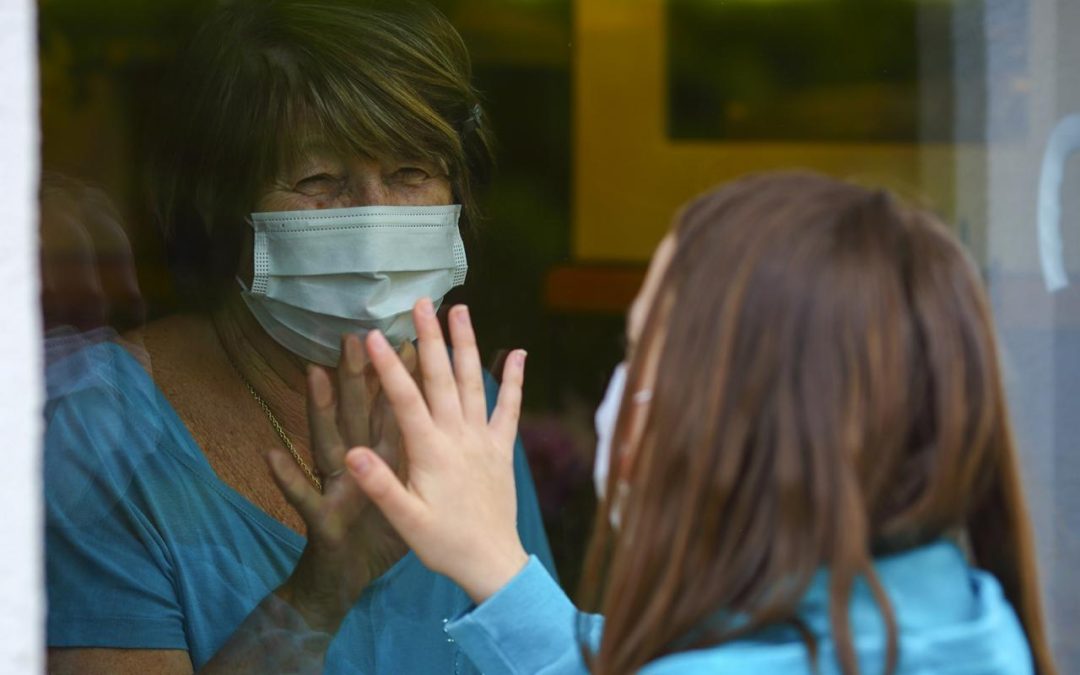
Caregivers were no longer able to keep their work schedules and became isolated with their care recipients in the home.

‘I need a better balance of time with others and time with just myself.’

‘Devaluation of older people is not unique to COVID-19.’

Some people with Autism Spectrum Disorder need lifelong support and are not able to function fully independently.
Generations Today A bimonthly digital publication covering current trends and people impacting the field of aging through OpEds, feature articles, profiles, and first-person pieces.
Generations Today, vol. 41, no. 6 (Nov-Dec 2020)
Editor's Note: This column is sponsored by the AARP Public Policy Institute. Thought Leadership drives the creation of a marketplace for new ideas by advancing emerging issues, challenges the status quo and inspires new solutions that empower people around the world...
From day one, COVID-19 has taken swipes at older people and the providers who serve them. But age offers perspective, and the people who choose to care for older people have proven to be more than just kind, resilient and nimble, they've also shown themselves to be...
Since the early stages of the COVID-19 crisis, direct care workers have been deemed “essential” to the response. These 4.6 million home care workers, residential care aides and nursing assistants have provided critical support to older adults and people with...
Direct care workers care for older adults in nursing homes, assisted living facilities and private homes. During the pandemic many of these places can be ground zero for COVID-19 infections, or the direct care worker could be viewed as a disease vector. Either way,...
Editor's Note: This article represents the first in a series by the Diverse Elders Coalition (DEC) to be published in Generations Today. Articles are connected to ASA-hosted webinars; see end of article to register. The series of articles by the DEC highlights...
Editor's note: This summer, as the urgent issue of racial injustice took center stage, ASA and Justice in Aging embarked upon a series of articles in Generations Today highlighting for the aging advocacy community how aging, identity and...
It's a classic scene from any vintage romance movie: the rush to the airport, past the gate, to declare undying love. Then 9/11 happened, and national security regulations changed overnight. Off with the shoes, the belt. No more water bottles or bulky jackets....
In September 2020, the AARP Public Policy Institute released its fourth Long-Term Services and Supports (LTSS) State Scorecard, Advancing Action: A State Scorecard on Long-Term Services and Supports for Older Adults, People with Physical Disabilities, and Family...
Editor's Note: This Generations Today column, “Aging While...” is sponsored by AARP Foundation. It focuses on creating and advancing innovative solutions that help older Americans build economic opportunity and social connectedness. After decades as a successful...
Chronic disease impacts an alarming six in 10 American adults, directly contributing to related deaths and expanding demand on the healthcare system. In 2020, the emergence of COVID-19 and its evolution into a global pandemic has had a profoundly negative impact on...
Editor's note: The John A. Hartford Foundation, the Administration for Community Living (ACL) and The SCAN Foundation fund the Aging and Disability Business Institute, led by the National Association of Area Agencies on Aging (n4a). The mission of The Aging and...
No one could have imagined the changes we have experienced over the past eight months due to a heretofore unknown viral pathogen. The COVID-19 pandemic has upended all of our lives, many in a profound way. This pathogen's impact on how we live and work has been...
Co-morbid conditions and cognitive decline put people living with dementia at high risk of COVID-19. Even people in the earliest stage of dementia were challenged with what it took to protect oneself—a mask, increased hygiene measures and social distancing. For people...
After five years of research, site visits and being wait-listed, in May 2019, I moved to a Continuing Care Retirement Community (CCRC) in Durham, NC. I had been looking for a college town in a less-congested area than Washington, DC, and Durham seemed to fit the bill....
Among the many things brought to light during the COVID-19 pandemic is the invisibility of older persons, especially in times of crises. As of September 23, 148,737 of the 188,470 (or 79 percent) of deaths in the United States attributed to COVID-19 by the Centers for...
It seems extraordinary that a condition first described only 75 years ago is now estimated to occur in one in every 61 births. Yet, that is the case with what is now referred to as “Autism Spectrum Disorder,” or ASD. While advances in knowledge and services for...